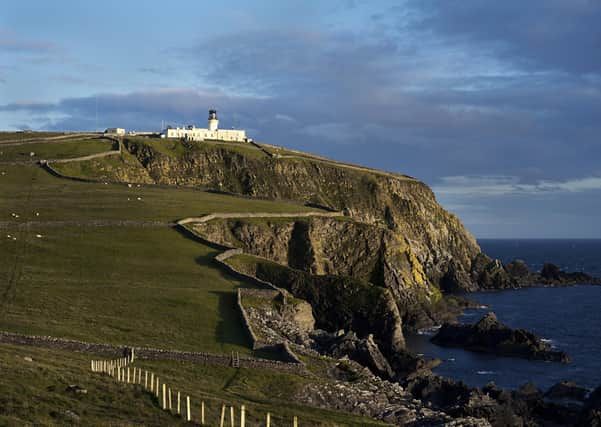North Sea helicopter crash ‘claimed fifth victim’


The inquiry heard Samuel Bull, one of the 18 people on the Super Puma L2 when it ditched on its approach to Sumburgh Airport, Shetland, at 18:17pm on 23 August 2013, died in East Dulwich, London, on 10 December 2017.
Agreed evidence states an inquest held later that month in London said the offshore fuel analyst “bravely attempted to resuscitate another passenger” following the crash and had been receiving regular psychiatric treatment for post-traumatic stress disorder. The inquest ruled his death was suicide.
Advertisement
Hide AdAdvertisement
Hide AdSheriff Principal Derek Pyle, who is hearing the inquiry, said he had spoken to Mr Bull’s father and stressed the importance of there being “another victim apart from the four that died on the day and his death was plainly directly caused by the accident”.
Sarah Darnley, 45, from Elgin, Moray; Gary McCrossan, 59, from Inverness; Duncan Munro, 46, from Bishop Auckland, County Durham, and George Allison, 57, from Winchester, Hampshire, died in the crash.
The two crew members and 12 remaining passengers survived the crash, which happened as the helicopter returned from the Borgsten Dolphin support vessel.
The inquiry also heard from Mr Bull’s colleague at the time of the crash, Matthew Bower, who he teamed up with to give CPR to Mr McCrossan who had a heart attack on their life raft after he escaped the downed helicopter. Asked if his offshore training was helpful in dealing with the crash, Mr Bower, 31, said: “It saved my life on that day, yeah.”
The chemist had only flown offshore up to six times before the crash and was asleep until seconds before the aircraft hit the sea.
Giving evidence at the virtual hearing on the second day of the inquiry, he said he woke up around 10 or 15 seconds before the ditching and believed he was experiencing turbulence because he could see Ms Darnley looking panicked.
“We seemed to drop out of the cloud and I remember seeing the sea was significantly closer than expected. I hadn’t heard anything about coming into land at that point,” he said.
“Then it was quite clear that we were falling... I remember falling and I remember seeing sea coming towards us too quickly.”
Mr Bower said Mr McCrossan was wheezing and then lost consciousness and he and Mr Bull spent more than half an hour doing CPR to no response before they were rescued.
The inquiry continues.
Comments
Want to join the conversation? Please or to comment on this article.